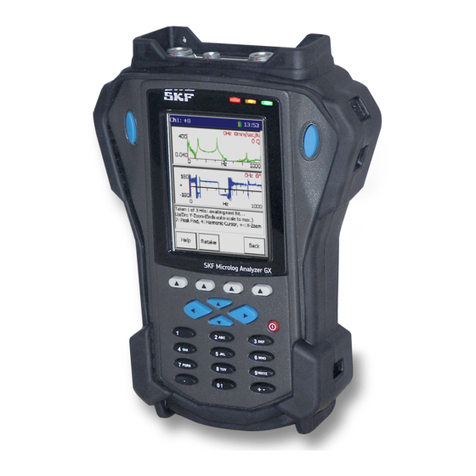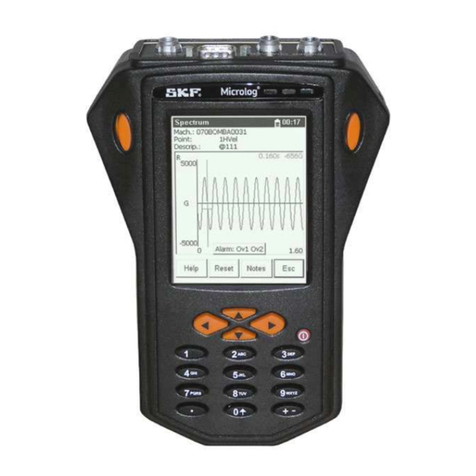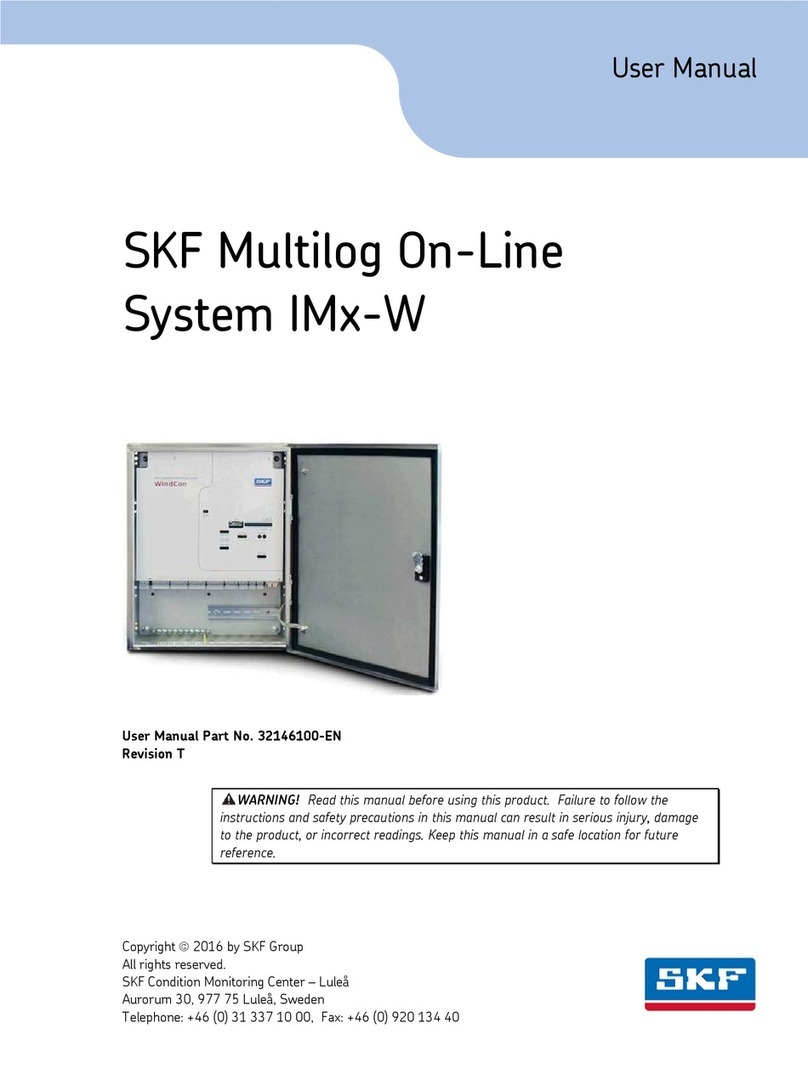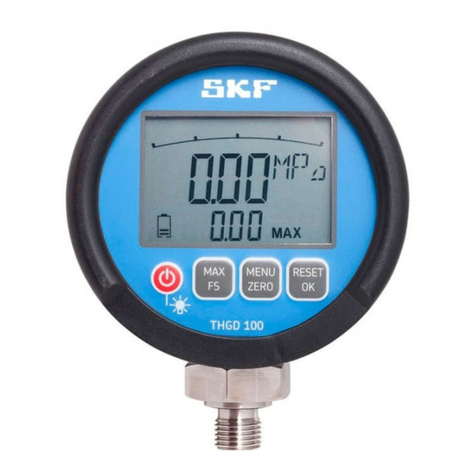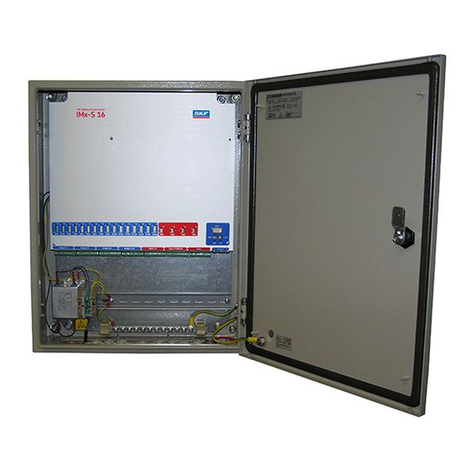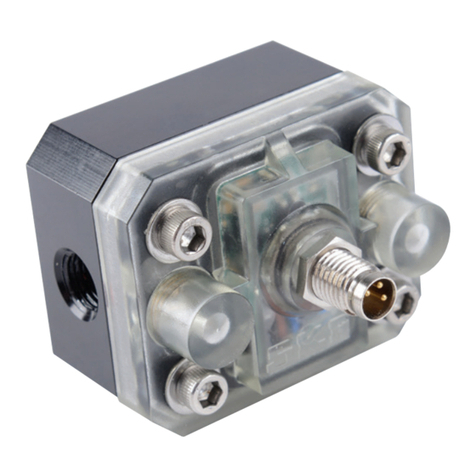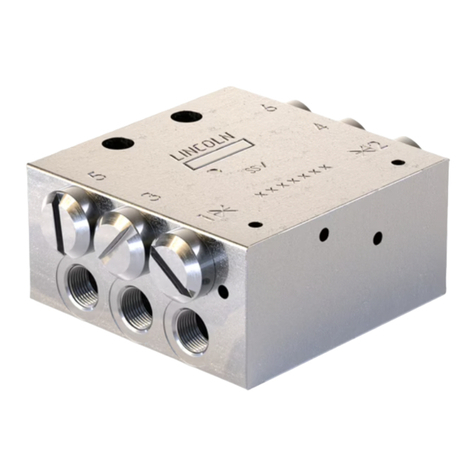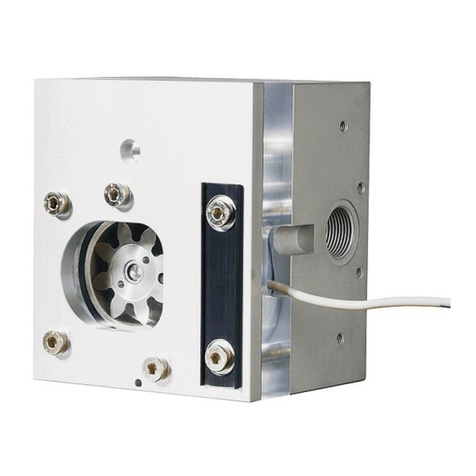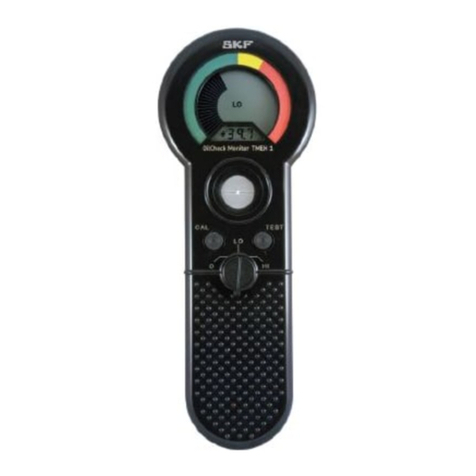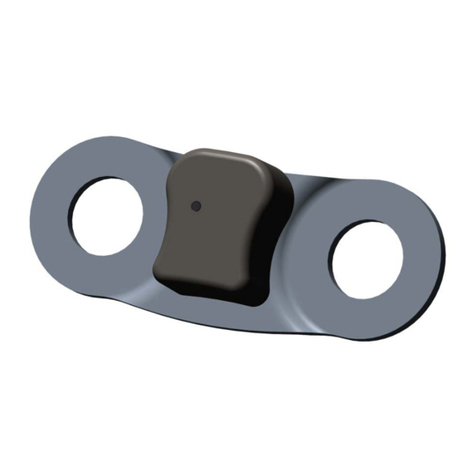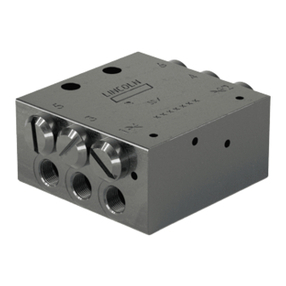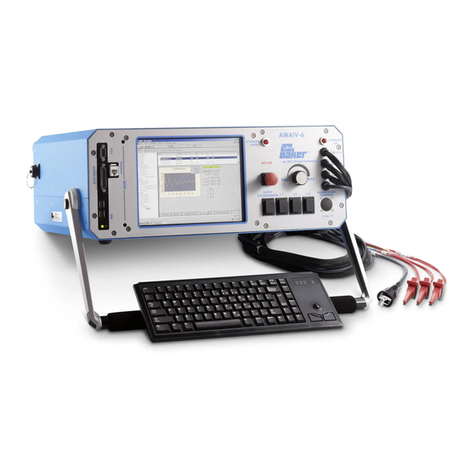
FMON10JEN 07.04.2017 Rev. 10J
General......................................................................................................................................................20
LEDs in flow meters ...................................................................................................................................21
User’s interface in the control unit..............................................................................................................22
Selecting a flow meter................................................................................................................................24
Selecting display mode ..............................................................................................................................24
Flow rate adjustment..................................................................................................................................24
9.6.1 FL15 and FL50 flow meter adjustment ................................................................................................24
9.6.2 FL100 flow meter adjustment ..............................................................................................................25
Start-up sequence......................................................................................................................................25
10 Settings .....................................................................................................................................................26
General....................................................................................................................................................26
Entering the setting mode ........................................................................................................................26
Exiting the setting mode...........................................................................................................................27
10.3.1 Saving parameters and exiting ..........................................................................................................27
10.3.2 Exiting without saving parameters .....................................................................................................27
Flow meter-specific settings.....................................................................................................................27
10.4.1 Nominal flow rate...............................................................................................................................27
10.4.2 Alarm limits........................................................................................................................................28
10.4.3 Alarm filtering ....................................................................................................................................28
10.4.4 Optional flow meter- specific settings ................................................................................................29
10.4.5 Flow meter shutdown and start-up ....................................................................................................29
Monitor-specific settings ..........................................................................................................................30
10.5.1 Display units for flow rate and temperature .......................................................................................30
10.5.2 Oil viscosity grade .............................................................................................................................30
10.5.3 Flow meter type.................................................................................................................................30
10.5.4 Pre-alarm limit ...................................................................................................................................31
10.5.5 Alarm mode of Relay-CAN module....................................................................................................31
10.5.6 CAN-bus ID-number..........................................................................................................................31
11 Installation.................................................................................................................................................32
Mechanical installation.............................................................................................................................32
11.1.1 Monitor dimensions ...........................................................................................................................32
11.1.2 Pipe connections ...............................................................................................................................33
Electrical connections ..............................................................................................................................35
12 Maintenance..............................................................................................................................................38
12.1.1 Removing and reinstalling sensor......................................................................................................38
12.1.2 Removing and reinstalling flowmeter cover .......................................................................................40
12.1.3 Removing and reinstalling flow tube assembly ..................................................................................41
12.1.4 Removing and reinstalling flow valve.................................................................................................42
12.1.5 Removing and reinstalling motherboard ............................................................................................43
12.1.6 Installing optional Relay-CAN, mA-output or CAN module ................................................................43
13 Technical specifications...........................................................................................................................44
14 Optional modules......................................................................................................................................46
Relay-CAN module overall.......................................................................................................................46
14.1.1 Relay general description ..................................................................................................................46
14.1.2 Operation of alarm relays ..................................................................................................................47
Individual alarms (SHL, SL)......................................................................................................................... 47
Individual alarms (DHL, DL and HL)............................................................................................................ 48
Individual alarms (DHL and DL) .................................................................................................................. 48
